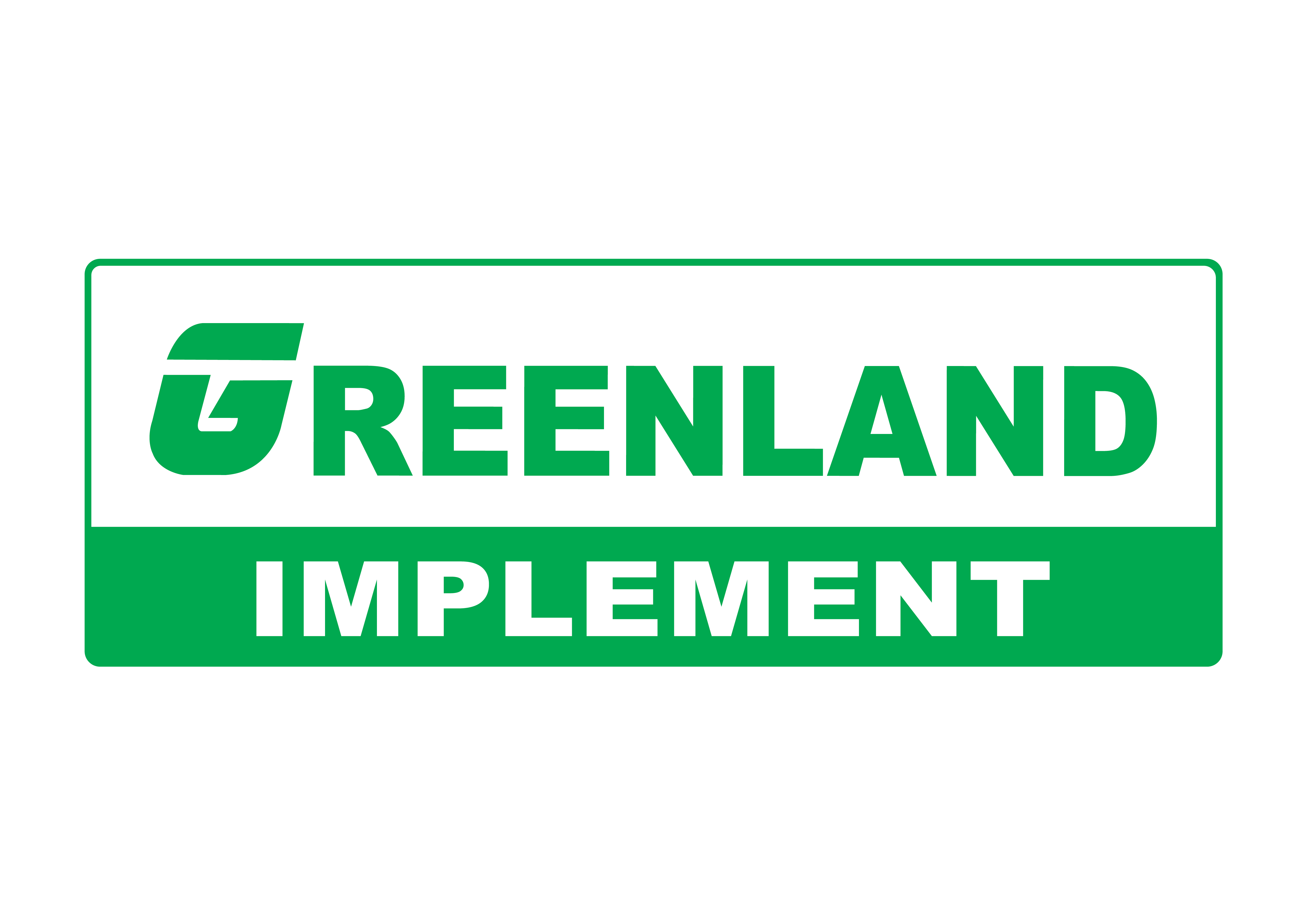The Smart Rice Farming program clearly shows many benefits and needs to continue to spread. Especially in the context of the current high prices of materials and fertilizers.
“Therapies” reduce production costs
Acid acid soils are salty because the soil is still alkaline (acid-generating layer is near the cultivation layer), when sowing according to the old practice, rice is often poisoned by organic matter, the roots cannot develop, using a lot of fertilizer, until the end The new rice crop is developing well.

For areas that produce 3 rice crops/year, there is no time to rest the soil, plowing to improve and restore soil fertility, so rice is often poisoned with alum and organic matter. On the other hand, farmers have not had access to many new technical advances, as well as suitable fertilizer products, and farming techniques have not been synchronized to adapt to climate change.
– Farmers participating in the model are supported to improve the soil at the beginning of the crop, helping the rice plants in the model grow healthy. Thereby, the amount of seed sown decreased from 28.5 to 34 kg/ha, the amount of seed before applying the model from 96 to 126.5 kg/ha decreased to 67.5 to 92.5 kg/ha but still ensure productivity, help save significantly on average seed investment costs from 456,000 VND – 544,000 VND/ha.
– According to the evaluation of technicians, experts and farmers, the cluster sowing method ensures productivity and brings higher economic efficiency than the sowing or transplanting method. For nitrogen fertilizers: The amount of nitrogen fertilizer was reduced from 18.5 – 28 kg N/ha and the cost of pesticides decreased from 476,000 – 1,025,000 VND/ha, but the yield still increased from 0.13 to 0.30 tons/ha (1.87 – 4.30%) compared with the control.

– Profit: Production cost from 15,897,000 VND to 23,093,000 VND/ha decreased to 15,295,000 VND to 21,695,000 VND/ha, saving costs from 602,000 VND to 1,445,000 VND/ha. ha.
The additional profit obtained was higher than the control on average from 1,644,300 – 3,408,000 VND/ha (about 8.65 – 14.3%). From the practical effects of the model, farmers want the agricultural extension industry at all levels to facilitate training and technology transfer for this model to farmers so that the model can be expanded and expanded. Farmer Island is accessible.
Source: Nongnghiep.vn
